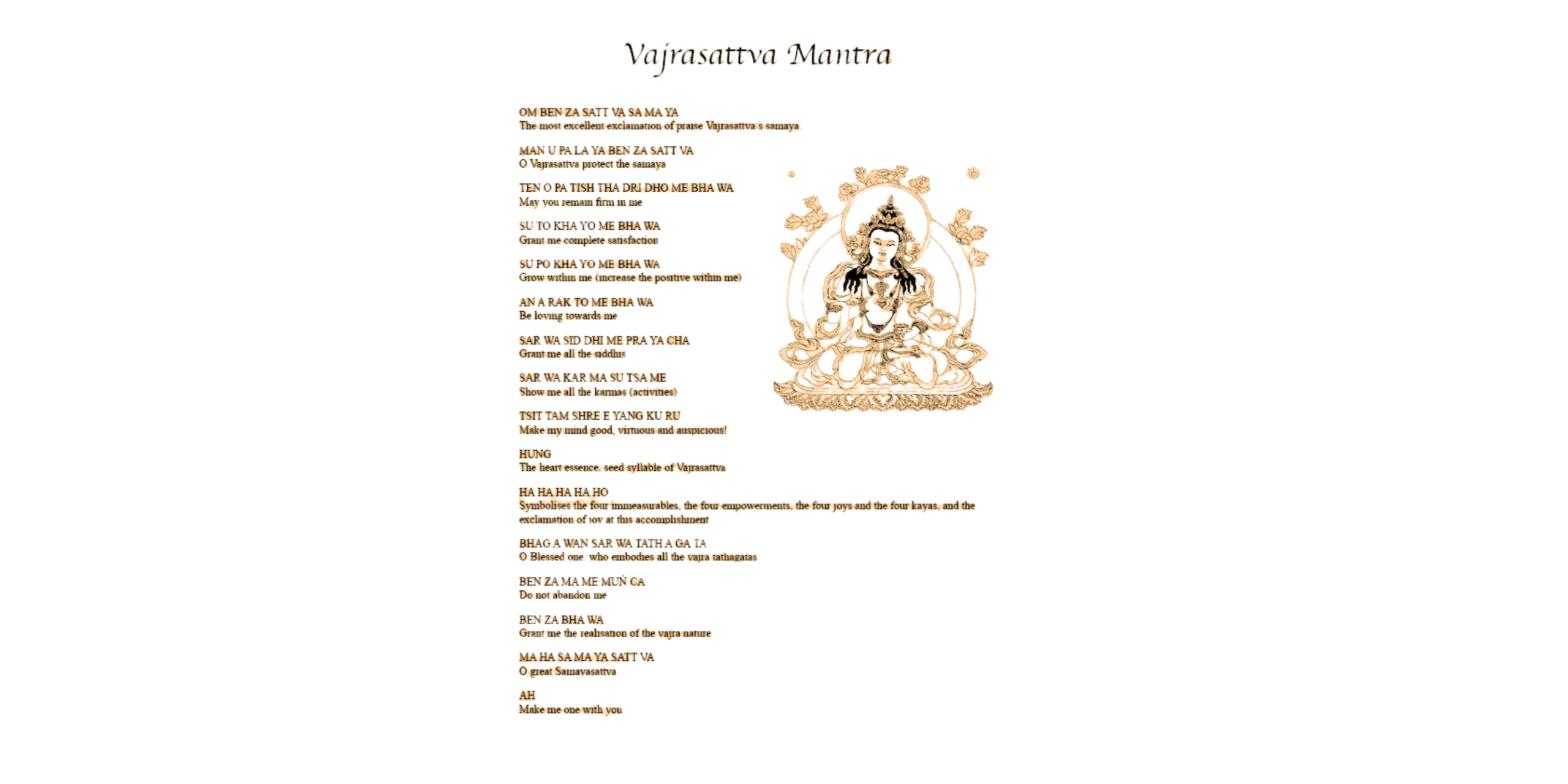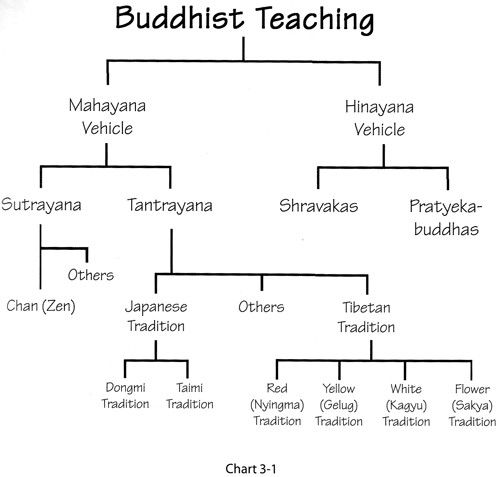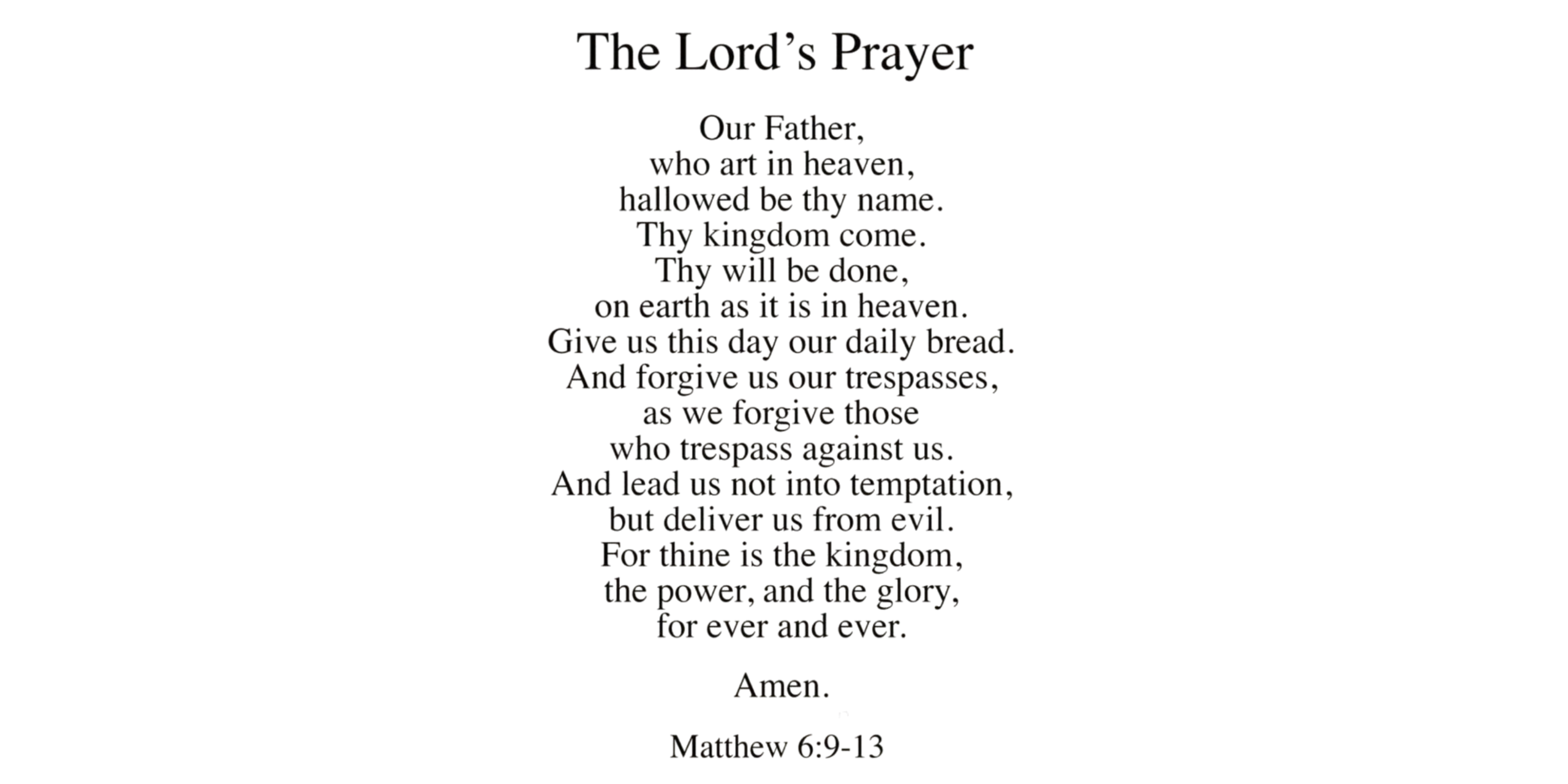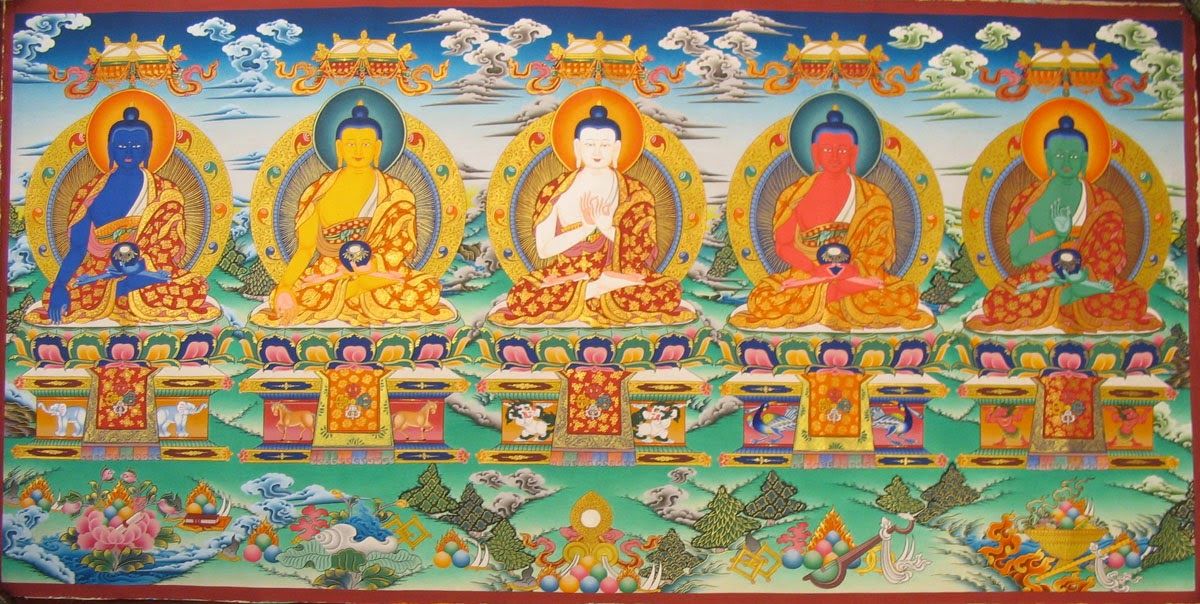When we hear the word Gayatri, most of us immediately think of the well-known Gayatri Mantra. It’s often chanted in temples, during prayers at home, or in meditation practices. But Gayatri is much more than just a mantra. In the Vedic tradition, it carries layers of meaning—spiritual, philosophical, and symbolic. To truly understand Gayatri as per the Vedas, we need to look beyond the chant itself and explore its origins and significance.
The Roots of Gayatri
The Gayatri Mantra finds its home in the Rigveda, one of the oldest texts known to humanity. It is attributed to the sage Rishi Vishwamitra, who is believed to have received it as a divine revelation.
The mantra is composed in the Gayatri metre, a poetic form with three lines of eight syllables each. That’s where it gets its name—Gayatri is not only the mantra but also the rhythm in which it is set.
In the Vedic sense, Gayatri represents:
- A metre or poetic measure.
- A mantra, a prayer for enlightenment.
- A goddess, the personification of divine knowledge.
So, when we talk about Gayatri, we are not referring to just one thing but to a combination of form, sound, and meaning.
The Gayatri Mantra
The most widely known form of Gayatri is the mantra itself:
“Om Bhur Bhuvah Svah
Tat Savitur Varenyam
Bhargo Devasya Dhimahi
Dhiyo Yo Nah Prachodayat”
In simple terms, the mantra is a prayer to the Sun—the source of light and life. But it is not limited to the physical sun we see in the sky. In the Vedic sense, the Sun symbolises the eternal source of wisdom, consciousness, and energy.
The mantra can be broken down as:
- Om – the primal sound, the vibration of existence.
- Bhur, Bhuvah, Svah – the three realms: earth, atmosphere, and heaven.
- Tat Savitur – the divine light of the Sun.
- Varenyam – worthy of worship.
- Bhargo Devasya – the radiance of the divine.
- Dhimahi – we meditate upon.
- Dhiyo Yo Nah Prachodayat – may it guide our intellect.
At its heart, the mantra is a prayer for illumination—not of the world outside, but of the mind within.
Gayatri as the Mother of the Vedas
In the Vedic tradition, Gayatri is called Vedamata, the Mother of the Vedas. This is because the mantra captures the essence of Vedic wisdom: seeking inner light, aligning with truth, and realising the connection between the individual and the cosmic.
For practitioners, chanting Gayatri is said to purify thoughts, clear the mind, and nurture wisdom. It is less about ritual and more about tuning the mind to a higher frequency of awareness.
The Symbolism of Gayatri
Beyond the words, Gayatri holds deep symbolic meaning.
- Gayatri as a goddess: She is often depicted with five faces and ten arms, representing the five elements and the ten directions of existence. This imagery points to her all-encompassing nature.
- Gayatri as light: The mantra calls upon the radiance of Savitar (the Sun) to cleanse ignorance. It is the idea that just as the sun removes darkness, divine knowledge removes confusion and illusion.
- Gayatri as balance: The three lines of the mantra mirror the balance of body, mind, and spirit.
In simple terms, Gayatri is like a bridge. It connects human consciousness with cosmic consciousness.
Daily Practice and Chanting
Traditionally, the Gayatri Mantra is chanted at sunrise, noon, and sunset. These times, known as Sandhyas, are considered sacred junctions of the day when the mind is most receptive.
Chanting Gayatri does not require elaborate rituals. One can simply sit in a quiet space, close the eyes, and focus on the rhythm of the mantra. The repetition is not about mechanical chanting but about allowing the sound vibrations to centre the mind.
It is also said that the mantra should be chanted with sincerity and humility. The goal is not perfection of pronunciation but alignment of intention.
Gayatri and the Inner Journey
The Vedas often point us back to the inner self. Gayatri fits beautifully into this philosophy. It is not just a request for external blessings but an invitation to awaken the light within.
When the mantra asks for guidance of the intellect, it reminds us that clarity is the foundation of all spiritual growth. A clear mind sees beyond illusions, acts with compassion, and makes choices rooted in wisdom.
Over time, practitioners of Gayatri have described its effects as:
- Calming the restless mind.
- Cultivating focus and awareness.
- Inspiring ethical living.
- Deepening meditation practices.
In this way, Gayatri is less of a ritualistic chant and more of a guide to living with purpose and awareness.
Modern Relevance
One might wonder, how does a mantra from thousands of years ago matter in today’s world? The answer lies in its universality.
Every human being seeks clarity, peace, and strength to deal with life’s challenges. Gayatri, with its focus on enlightenment of the mind, offers a timeless practice. It reminds us that wisdom is not something external—it is already within us, waiting to be uncovered.
For those overwhelmed by constant noise and distractions, the simple act of sitting down and chanting Gayatri can feel like a return to stillness. It’s less about religion and more about reconnecting with the deeper layers of ourselves.
A Living Tradition
Even today, Gayatri continues to be one of the most recited mantras across India and beyond. Its simplicity, universality, and depth make it accessible to anyone, regardless of age, background, or belief.
The beauty of Gayatri is that it does not demand. It invites. It does not confine. It opens. Whether one chants it daily, occasionally, or simply reflects on its meaning, it serves as a reminder that the highest prayer is for wisdom, not wealth; for clarity, not confusion; for inner light, not outer distractions.
Closing Thoughts
Gayatri, as described in the Vedas, is not just a mantra—it is a way of remembering our connection to the greater whole. It teaches us that the truest form of prayer is not asking for things but seeking guidance for the mind and heart.
When we chant or even reflect upon Gayatri, we step into a lineage of seekers stretching back thousands of years. We echo the same prayer: May our minds be guided. May our hearts be clear. May we live in the light of truth.
Gayatri is a timeless call—a gentle reminder that the light we seek outside already shines within us.
Curious to explore more ancient practices for healing and inner balance? Stay connected with Masi Wellness for insights, reflections, and practices that nurture the spirit.







